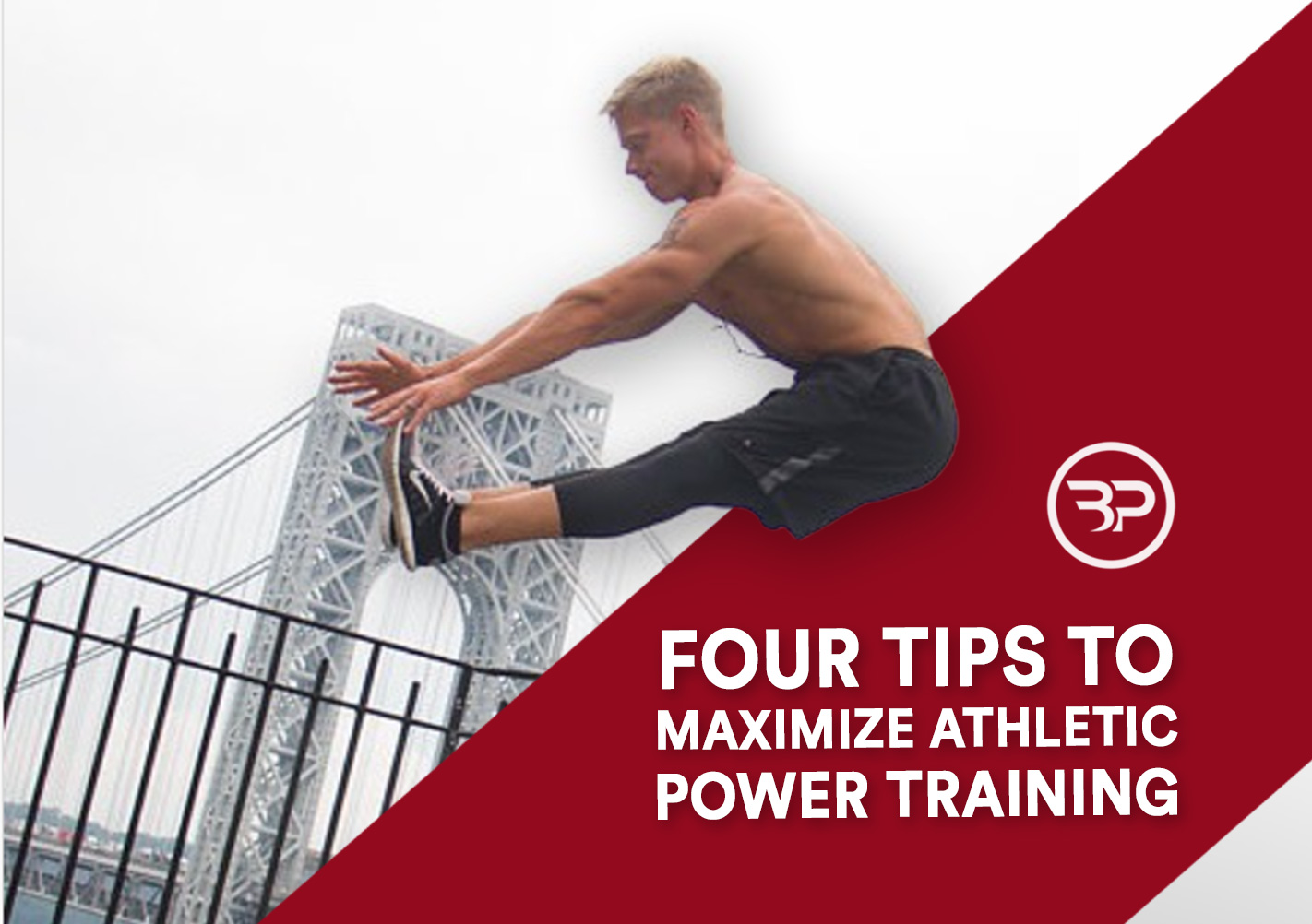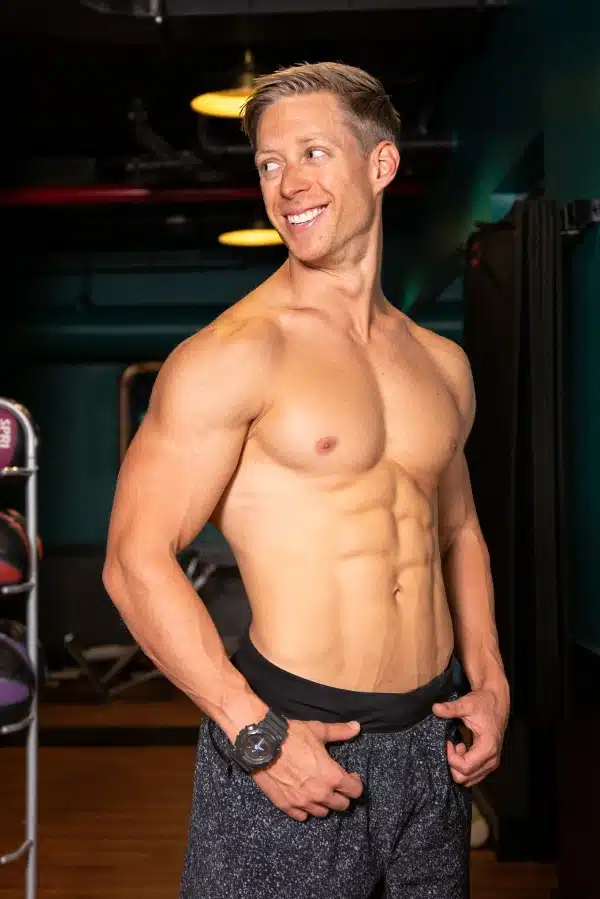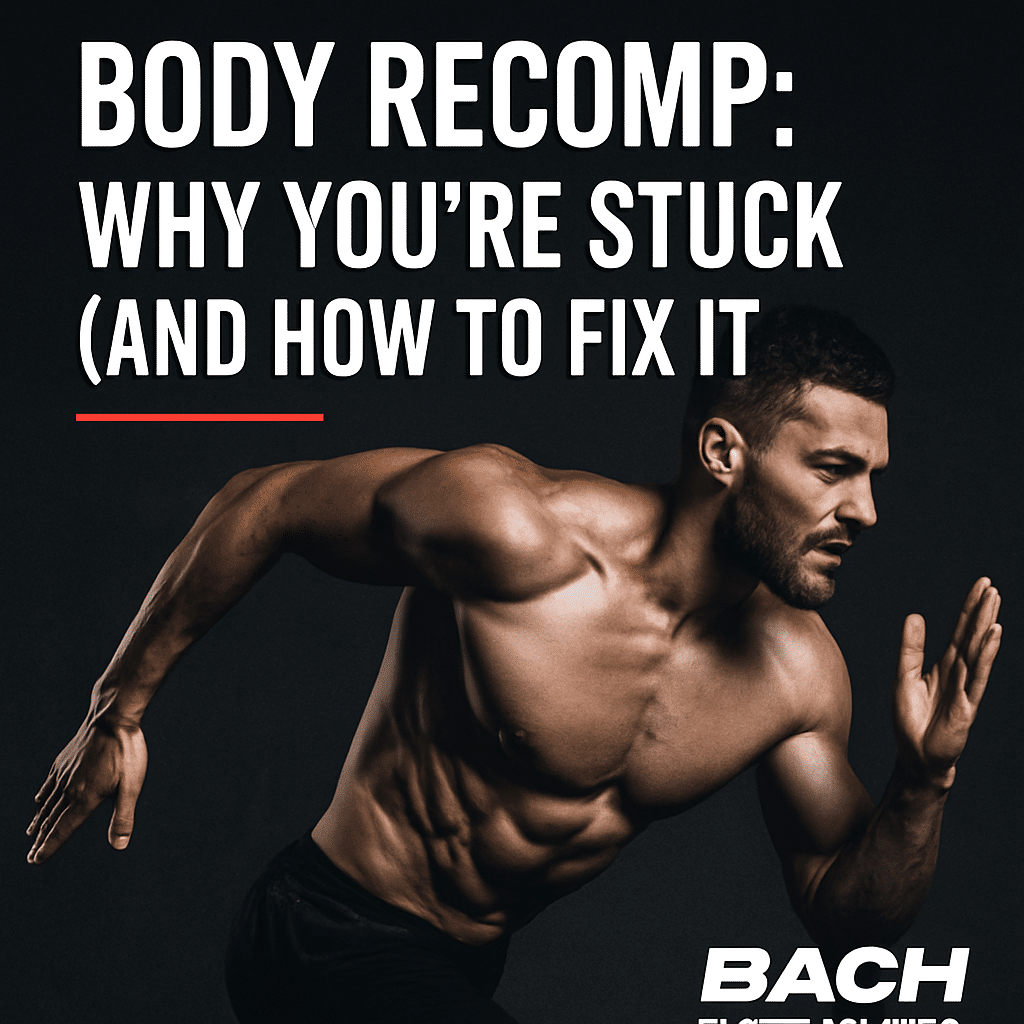Four Tips to Implement Maximize Athletic Power Training
March 9, 2020
Key Points:
–Relative Strength is the secret sauce that allows you to run faster, move quicker, and jump higher
-Absolute strength and relative strength are both vital to athletes, but more attention must be paid to relative strength for athletes.
– Strength is a key component for athletic success, but of one of many components.
-Further increasing strength levels may reach a point of diminishing returns in athletic performance if the pursuit of strength is overemphasized other components of sport.
I’m going to let you in on a little secret that most magazines and the industry don’t want you to hear.
Absolute strength gets all the glory, but relative strength for athletes reigns king, especially to maximize athletic power training. Being big and strong alone isn’t enough for performance, you must be relatively stronger than your opponents to hold a competitive advantage.
Wait…What?
“I thought being super strong was a cure-all?”
Absolute strength is very important for force output, but improving relative strength is the oh-so secret sauce to maximize athletic power training, allowing you to run faster, move quicker, and jump higher.
All else being equal, the athlete with the higher relative strength has the competitive advantage as an athlete.
That’s one of the main reasons athletes don’t train exactly like powerlifters, and a reason powerlifters don’t train exactly like athletes.
They require different skills; have individual needs, and limited resources to train. Plain and simple, your body makes specific adaptations to the imposed demands or the SAID principle.
To be honest, not everyone needs to be jacked out of their minds and squat 350+ pounds to be a better athlete. Those guys are a dime a dozen– just by following progressive overload, cramming food down your gullet, and sleeping enough you’ll get big and strong.
On the contrary, witnessing smaller guys performing insane feats of strength during sports are few and far between Think 5’8″ Nate Robinson throwing down Tomahawk dunks or 5’6” Darren Sproles juking, sprinting, and running through opponents. When it comes to movement-based athletes relative strength reigns king.
As a coach who works with athletes on both sides of the spectrum, I’m fortunate to have an improved perspective on what my athletes need to emphasize to maximize training and carryover into sports.
By exclusively focusing on adding plates to the bar athletes reach a point of diminishing returns if it causes the un-necessary allocation of training and recovery resources.
Stop Taking Every Strength Building Article as the End all Be All
I want to be crystal clear–absolute strength is essential for athletes. To be relatively strong you must have a base of absolute strength.
Relative strength= absolute strength/bodyweight
But, contrary to what most articles say absolute strength isn’t the end all be all–you must be relatively stronger than your competitors to gain a distinct advantage in sports that require movement or have weight restrictions. I love lifting heavy as much as anyone, but there is a point when “strong” is strong enough and the risks of pursuing further strength enhancement outweigh the rewards of a new personal record.
Take the following example:
Ben Johnson, juiced or not juiced, was an absolute beast on the track and in the gym. With a 600lb+ squats at 170-180lbs he was absolutely stronger and relatively stronger than his competition, but would training to improve his squat as the primary mode of training improve his performance if other training suffers and he potentially gains weight to accommodate his training?
Let’s say his squat is emphasized and bodyweight also increases by ten pounds.
Here are hypothetical numbers:
625lbs squat at 175lbs= 3.57x/bw
650 lbs squat at 185lbs= 3.51x/bw
Or a More practical Example:
405lb squat at 200 lbs. = 2.025 x/bw
425 lb squat at 225 lbs = 1.89 x/bw
In both cases, being stronger in an absolute sense doesn’t improve relative strength, which is the secret sauce to master movement. This difference might seem minor, but if the additional weight results in being a step slower, or losing the ability to decelerate the body is the athlete better? No, they’re less explosive and probably more prone to non-contact injury.
Relative Strength for Athletes
There are many factors to consider when programming for athletes, but heavy strength training is a tool for improvement, not the end-all-be-all in performance.
Does the allocation of resources towards building more strength with potential gains in size outweigh the benefits of higher relative strength and corresponding improvements in agility, speed, power, and coordination?
No, there are always exceptions like absolute strength athletes such as lineman, throwers, and strongman competitors, but when athletes’ sports are movement-based relative strength reigns king.
How to Gain Strength without Size:
Strength builds a foundation that improves the ability to train all other qualities—speed, power, agility, and endurance are all improved with increased strength. Although it’s impossible to make only neurological gains or muscular gains with training, emphasizing certain factors will maximize relative strength without un-necessary gains in bodyweight.
Lift Heavy Weights
Lifting- moderate to heavy loads (80%+ 1-RM) will stimulate high-threshold fast-twitch muscle fibers and improve muscle fiber recruitment. Most initial gains in strength training occur as a result of neural adaptations due to increased muscle fiber recruitment and increased rate coding/firing frequency.
Heavy loads will stimulate gains, but in the absence of high significant volume most will result in myofibrillar hypertrophy—actively strengthening the muscle fiber itself. Essentially, lifting heavy the majority of the time will always get you stronger, but not necessarily much bigger. Ensure the exercise selection fits the needs of your athletes and risk to common injury sites is minimized.
Bottom Line: Heavy strength training is ideal for improving relative strength, but the exercise selection should match the needs of the sport while minimizing risk to common injury sites. Hoisting heavy weights is still necessary.
Train With Lower Volume
Train high-intensity, but decrease the volume to prevent unnecessary hypertrophy. Sarcoplasmic hypertrophy is growth triggered by higher volume, more metabolic training and increases the storage of non-contractile cell fluid. Sarcoplasmic hypertrophy isn’t itself is non-function, but excessive amounts of hypertrophy are more beneficial to stretching your shirtsleeves than maximizing performance.
Bottom line: Yeah, the occasional pump is okay, but there’s no need train like a bodybuilder if your goals are improved relative strength and performance. Limit your training volume and emphasize intensity to maximize strength gains with additional hypertrophy.
Incorporate Explosive Exercises
Most barbell, dumbbell, and bodyweight exercises can be performed in an explosive manor, but the best are the Olympic lifts, throws, and jumps. Throws and jumps are great for nervous system activation, pure speed work, and improving overall athleticism directly after a warm-up.
Olympic lifts are staples in most resistance training programs unless the performance risks to important body parts for sport performance. Few exercises are as demanding as cleans, split jerks and snatches—performing these along will make workouts more efficient and decrease the training volume needed for performance gains.
Bottom Line: Sprint, throw, jump, and lift explosively to maximize nervous system efficiency in your workouts. By hoisting weights with max speed you’ll activate more muscle fibers and in-turn, become relatively stronger and more explosive. BOOOYAH.
Increase Rest Periods
Longer rest periods will allow better quality reps, higher training loads, better neural recovery, and decrease the acidic muscular environment. If you’re incorporating heavy and explosive exercises you want to perform them with technical proficiency to increase performance, not mega-setted with a handful of other exercises. Creating a metabolic and acidic environment is also conducive to building muscle—something you’re looking to avoid if you want to maximize relative strength over hypertrophy.
Plyo Push Up
Rack Clean
Bottom Line: Keep most weight training heavy and explosive with full recovery rather than being metabolically demanding. You’ll improve technique and maximize performance rather than gasp for air while peeling your sweaty carcass out of the squat rack.
What This Means for You:
Whether you’re a coaching practitioner, an athlete, or an iron junky it’s important to have perspective on what different goals entail. If you’re looking to improve strength and not necessarily gain muscle or bodyweight then these recommendations are right up your alley.
Not every one of these factors needs to be implemented immediately nor year-round, but they should serve as a great reminder on how constant heavy lifting, training volume, lifting speed, rest periods, and dietary choices all fit into the big picture of getting more explosive.
The Wrap Up
Quality strength training is one of the fastest ways to improve performance, but don’t be obsessed with huge absolute strength numbers as the end-all-be-all in performance.
Relative Strength is the secret sauce that allows you to run faster, move quicker, and jump higher. Every aspect of training is a tool in the performance toolbox– focus on the variables that fill needs of each athlete rather than blindly attaching absolute strength as the holy grail of performance.
photo credit: Keith Allison via photopin cc
Are you looking for a comprehensive, simple to follow workout to combine all the training variables covered in this article? Grab your copy of the Power Primer by clicking the image below:








